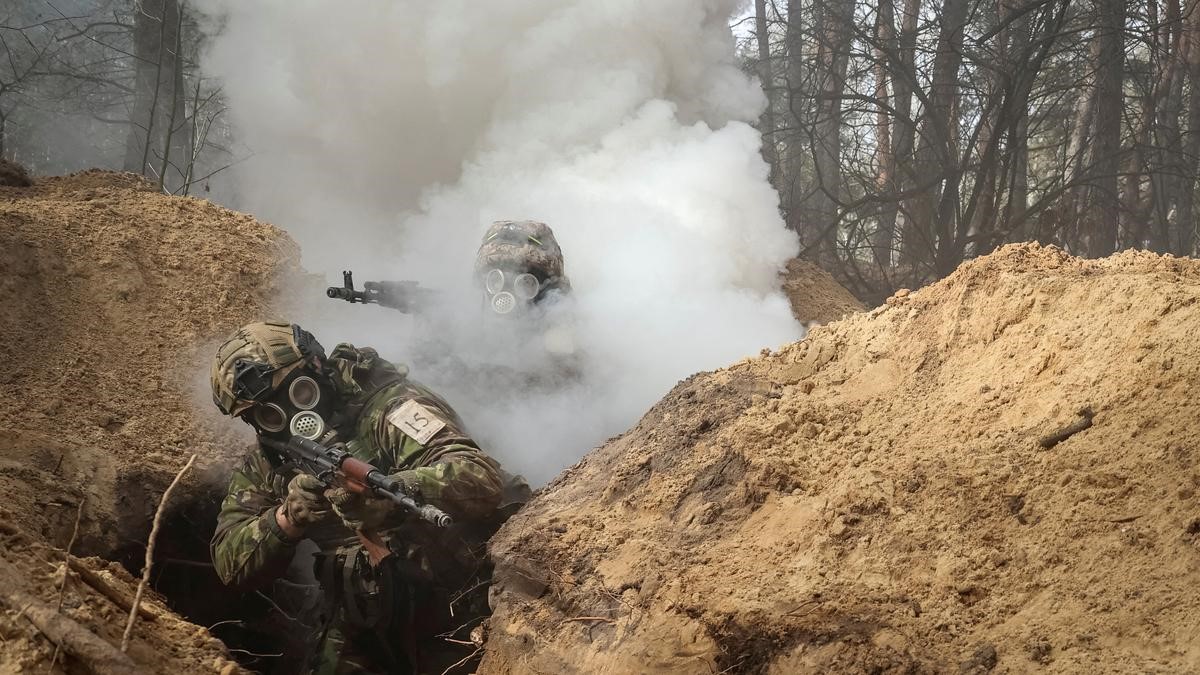





Source: Hindu
Disclaimer: Copyright infringement not intended.
Context
Details
Chloropicrin
Production:
Uses:
Mode of Action:
Health and Safety Considerations:
Must read articles:
Sources:
|
PRACTICE QUESTION Q. The accusations against Russia regarding the use of chloropicrin and tear gas in Ukraine underscore the importance of transparency and trust-building efforts to address concerns and mitigate the risks associated with chemical agents in conflict situations. Comment. (250 words) |











© 2025 iasgyan. All right reserved